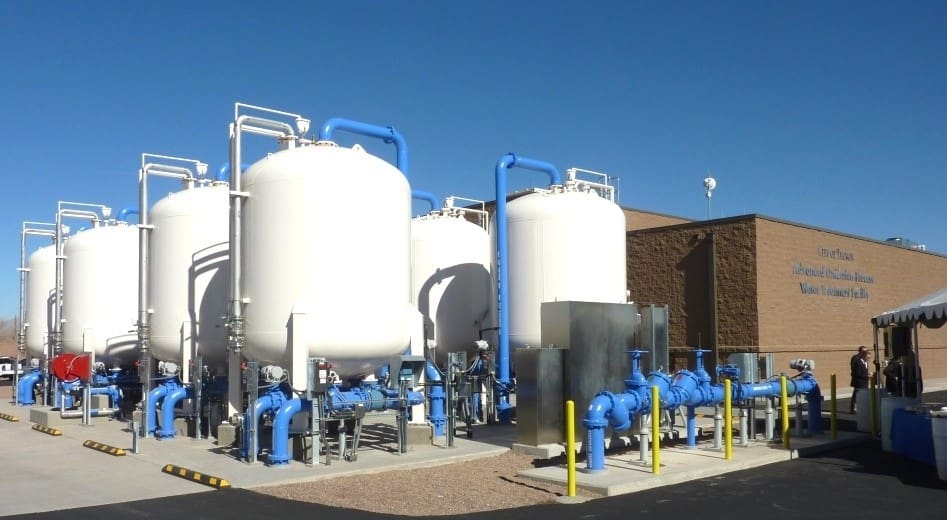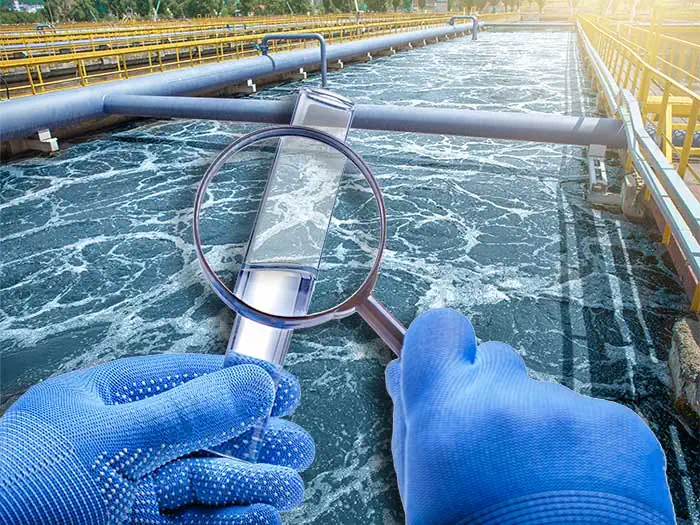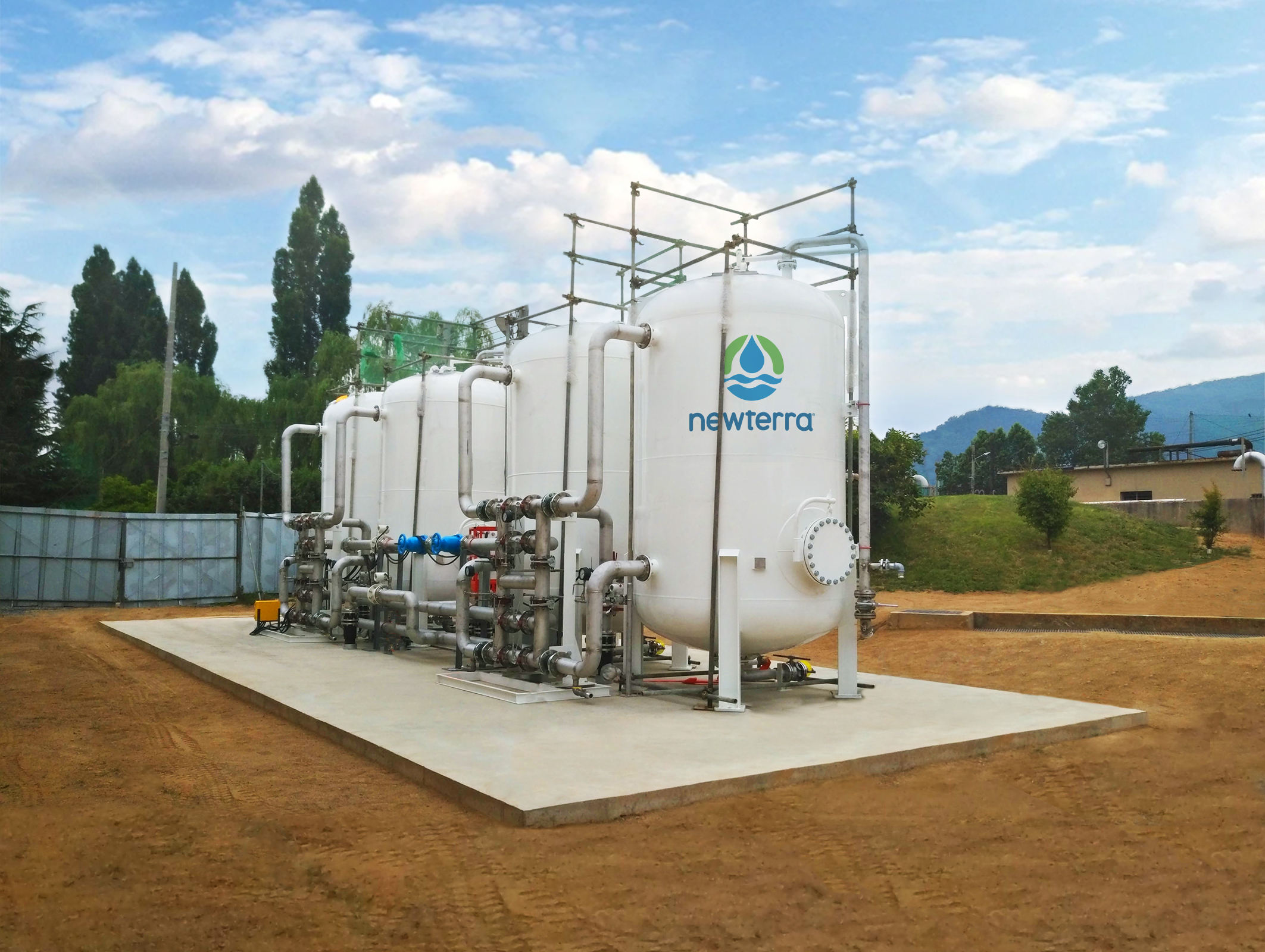Exactly How PFAS Therapy Makes Certain Tidy and Sustainable Water
The presence of PFAS, generally referred to as "for life chemicals," presents significant difficulties to water quality and public health and wellness. Advanced treatment innovations, including activated carbon adsorption and membrane layer filtration, have actually emerged as efficient remedies to reduce these impurities. By employing these techniques, communities can not only achieve cleaner water but also foster lasting practices that secure communities. The effects of these therapies expand past prompt wellness benefits; they raise critical questions about long-term water management techniques that need to be resolved to make certain a resilient future. What does this mean for our approach to water sustainability?

Comprehending PFAS Contamination
PFAS, or per- and polyfluoroalkyl substances, have actually arised as a significant environmental issue as a result of their widespread occurrence and determination in the setting. These synthetic chemicals have been used in different commercial applications and consumer products, including non-stick kitchenware, water-proof clothes, and food product packaging, due to their unique homes such as water and oil resistance.
The contamination of dirt and water resources by PFAS takes place largely via commercial discharges, firefighting foam use, and seeping from land fills. pfas management. As soon as released, these compounds are resistant to deterioration, leading to their buildup in the setting. This perseverance raises critical problems, as PFAS can travel cross countries via groundwater and surface area water supply, impacting drinking water supplies and communities

Health And Wellness Threats of PFAS
The perseverance of PFAS in the setting increases considerable health and wellness worries for individuals subjected to these substances. Called "forever chemicals," PFAS do not damage down conveniently and can collect in bodies with time. Study has connected PFAS direct exposure to different unfavorable health results, consisting of body immune system dysfunction, liver damage, and raised threat of particular cancers - pfas management. Notably, studies have actually shown elevated cholesterol degrees and prospective influence on reproductive and developing health and wellness, especially in pregnant people and babies.
The universality of PFAS in consumer items, such as non-stick kitchenware, water-repellent materials, and food packaging, additional intensifies the danger of direct exposure. Consuming water polluted with PFAS is a substantial worry, as these chemicals can seep into groundwater resources. Susceptible populaces, consisting of youngsters and those living near commercial sites, might face heightened dangers due to their establishing systems and possible for higher direct exposure degrees.
As understanding of these wellness risks remains to grow, regulative firms are beginning to establish standards for PFAS degrees in drinking water. Public health and wellness campaigns are necessary to minimize exposure and secure areas from the long-term results of these harmful materials.

Ingenious Therapy Technologies
Exactly how can we effectively take on the challenges postured by PFAS contamination in water sources? Innovative treatment modern technologies are emerging as essential remedies in the quest for tidy water. These methods concentrate on the elimination or destruction of per- and polyfluoroalkyl materials (PFAS), which are notorious for their determination in the environment.
One appealing approach is adsorption utilizing sophisticated products, such as activated carbon and ion exchange materials. These materials have revealed efficacy in catching PFAS particles from this page water. Another notable modern technology is membrane layer filtering, which makes use of nanofiltration and reverse osmosis to separate contaminants at the molecular level, hence giving a barrier against PFAS.
In addition, progressed oxidation processes (AOPs) her response utilize solid oxidants to damage down PFAS compounds right into safe byproducts. This technique is specifically reliable for treating extremely infected water sources. Bioremediation methods, using specific bacteria, are additionally being explored to deteriorate PFAS.
As research study continues, crossbreed systems that incorporate multiple innovations may supply enhanced performance, attending to the intricacies of PFAS contamination. The growth and execution of these innovative treatment technologies are necessary actions towards guaranteeing the security and sustainability of our water resources.
Benefits of Effective PFAS Therapy
Successfully dealing with PFAS contamination in water resources considerably improves public health and ecological security. PFAS, often described as "forever chemicals," are resistant to destruction and can collect in the human body, bring about severe health and wellness risks such as cancer cells, liver damage, and body immune system dysfunction. By implementing reliable treatment methods, areas can decrease exposure to these hazardous materials, eventually improving the wellness results of their populaces.
In addition, successful PFAS treatment adds to the conservation of local ecological communities. Polluted water can adversely influence marine life and interrupt the fragile balance of neighborhood habitats. By ensuring clean water, therapy processes protect biodiversity and keep environmental integrity.
In addition, efficient PFAS removal hop over to these guys can foster public self-confidence in water high quality. When neighborhoods are guaranteed that their drinking water is devoid of unsafe pollutants, it advertises a feeling of safety and wellness. This trust fund is vital for area involvement and support for continuous water administration initiatives.
Future of Water Sustainability
Amidst expanding problems about water high quality and shortage, the future of water sustainability rests on cutting-edge approaches and collective efforts. As neighborhoods encounter the impending threats of contaminants like PFAS, the advancement of innovative treatment innovations is crucial. These modern technologies not only focus on the removal of hazardous compounds yet also promote the reuse and recycling of water, thus minimizing total need.
In addition, efficient water governance plays an important function in making certain lasting techniques. Policymakers need to incorporate clinical research study with regulative frameworks to establish clear guidelines for water usage and therapy. Stakeholder involvement, consisting of neighborhood areas and industries, fosters a feeling of common obligation and motivates sustainable practices throughout numerous fields.
Financial investment in facilities is likewise vital; upgrading aging systems to incorporate modern-day purification and purification approaches can dramatically boost water high quality. Moreover, embracing green modern technologies, such as all-natural filtering systems, can provide environmentally friendly services.
Ultimately, the future of water sustainability hinges on a holistic method that combines innovation, policy, and neighborhood participation. By focusing on these components, we can secure our water resources for generations to find, ensuring clean and lasting water for all.
Verdict
Finally, the efficient therapy of PFAS is necessary for ensuring tidy and lasting water. By employing innovative technologies such as triggered carbon adsorption, membrane layer filtration, and advanced oxidation procedures, communities can considerably lower the health and wellness threats related to these pollutants. In addition, the integration of these treatment techniques sustains ecosystem security and boosts biodiversity. Ultimately, robust PFAS treatment methods add to long-term resilience in water administration, promoting public trust fund in water quality and promoting sustainable methods.